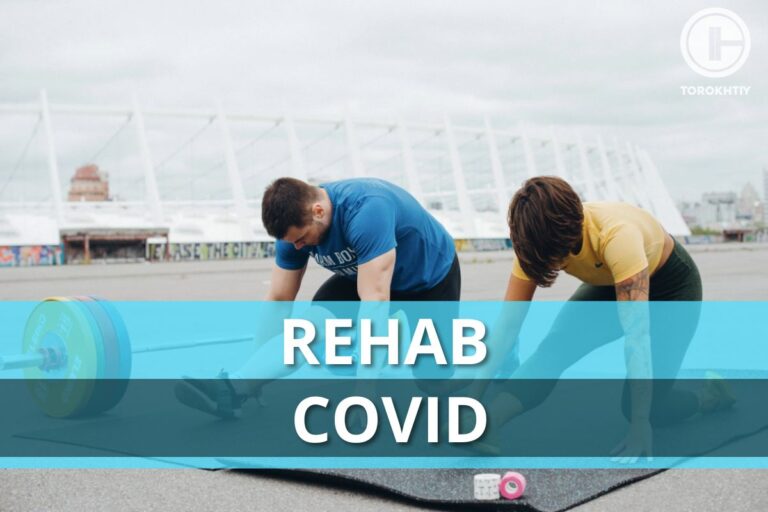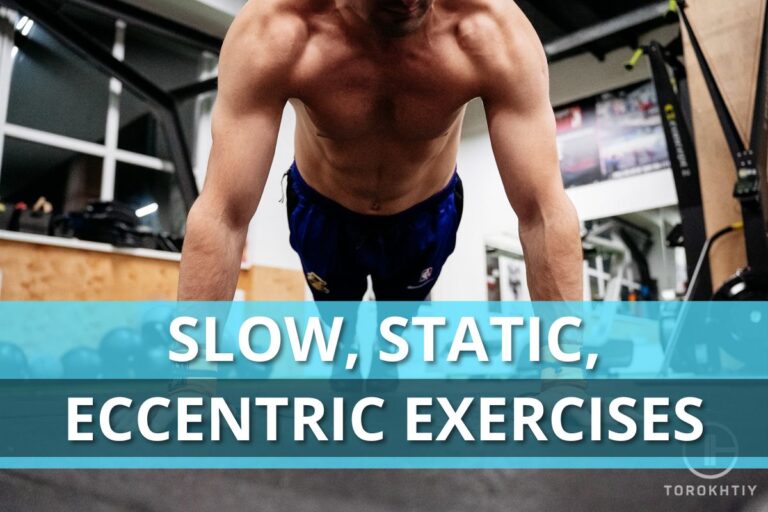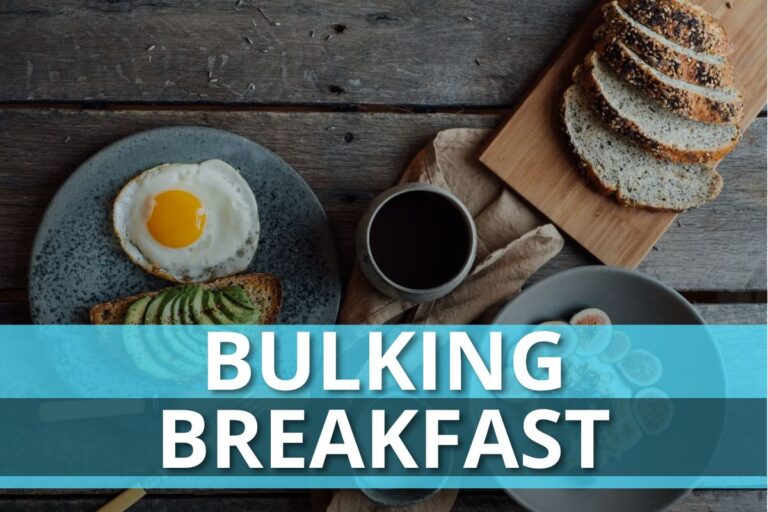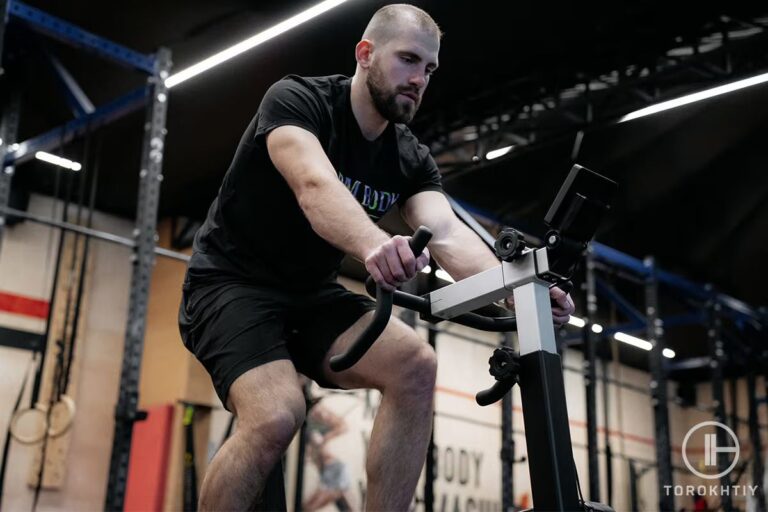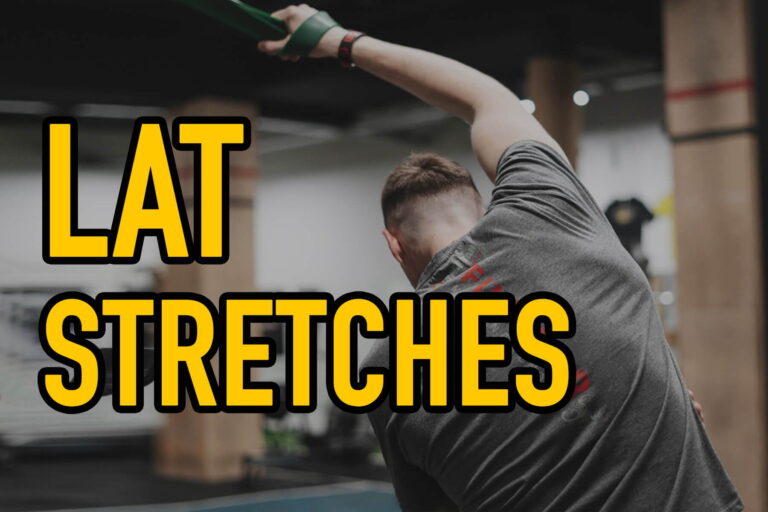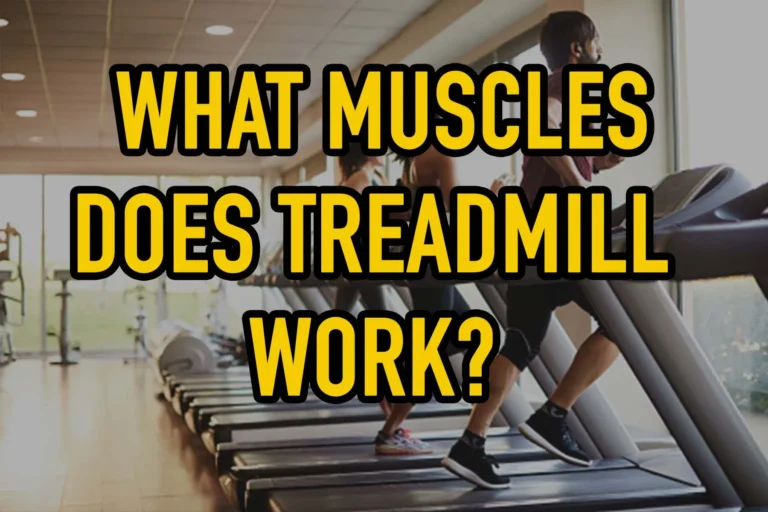Knee Pain After Workout: Causes & Recommended Treatment
Having knee pain sucks! One of the most common sports injuries is a knee injury. According to a 2017 study, ligamentous injuries to the knee occur at the third most frequent rate. Many can be managed conservatively with physiotherapy, immobilization, ice, and rest.
The knee joint is a crucial part of the body. It is the largest joint in the body and is responsible for supporting our weight and allowing us to walk, run, jump, and perform other activities that require movement and flexibility. The knee joint is a complex structure that consists of several components, including bones, cartilage, ligaments, tendons, and muscles.
This joint is the one of the most injured body parts affecting people during or after workout.
However, having knee pain after workout or some soreness may not be as severe as you may think. Especially if you are training volumen increases or if you are developing a nee fitness skill.
Knee pain between individuals depends. It’s normal to have short duration knee pain after workout if training volumes and fitness demands are increased. If you have increased knee pain after workouts start checking things like your form, technique and training program. Otherwise, consult a doctor.
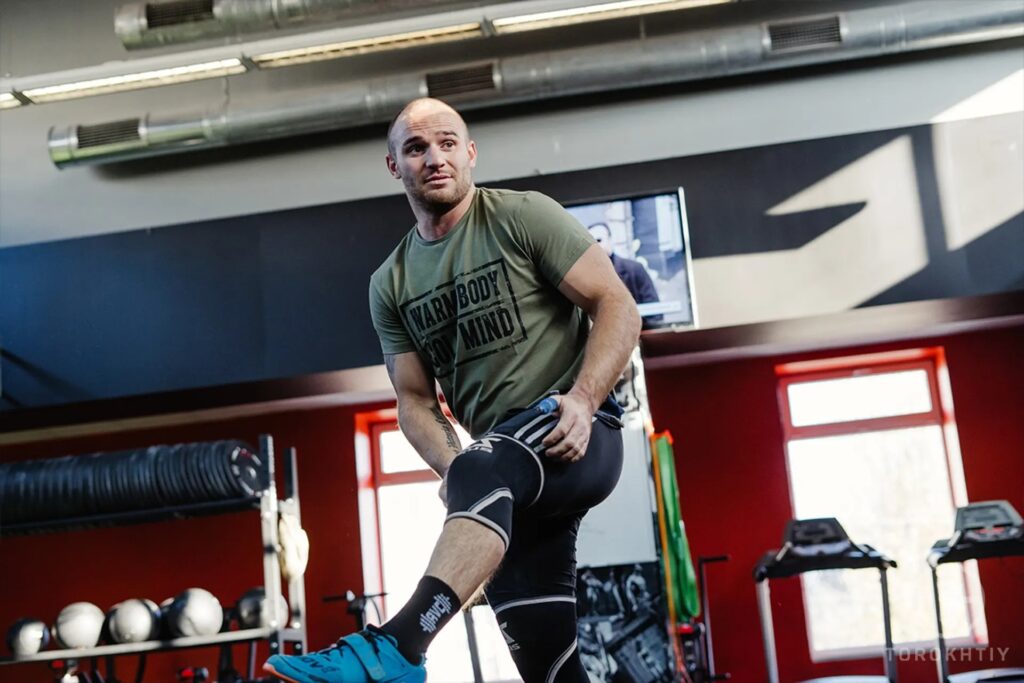
Introduction to Knee Pain After Working Out (Its Importance & Impact on Fitness Routines)
Pain is a complex and subjective experience that is processed by our nervous system. Many internal and external factors play a role in our pain sensitivity and tolerace. When we experience an injury or inflammation, specialized nerve cells called nociceptors are activated, sending electrical signals through nerve fibers to the spinal cord and then up to the brain. These signals are interpreted by the brain as pain, which can be experienced in different ways depending on the individual’s perception and emotional state. The intensity and duration of pain can also vary depending on the nature of the injury or illness.
The nervous system also plays a role in modulating pain perception through the release of neurotransmitters and other signaling molecules that can either amplify or dampen the pain response. Understanding the mechanisms of pain can help us to develop better treatments and therapies for managing pain and improving quality of life.
High impact exercises such as running, weightlifting, and high intensity interval training (HIIT) are suitable ways to get fit and develop muscle strength. They can also cause knee pain and injuries if you don’t know how to properly progress with them. If your body is not adaptable enough and especially if you are starting to do exercise these repetitive pounding movements will cause increased pressure at the joint increasing the sensitivity leading to knee pain after workout.
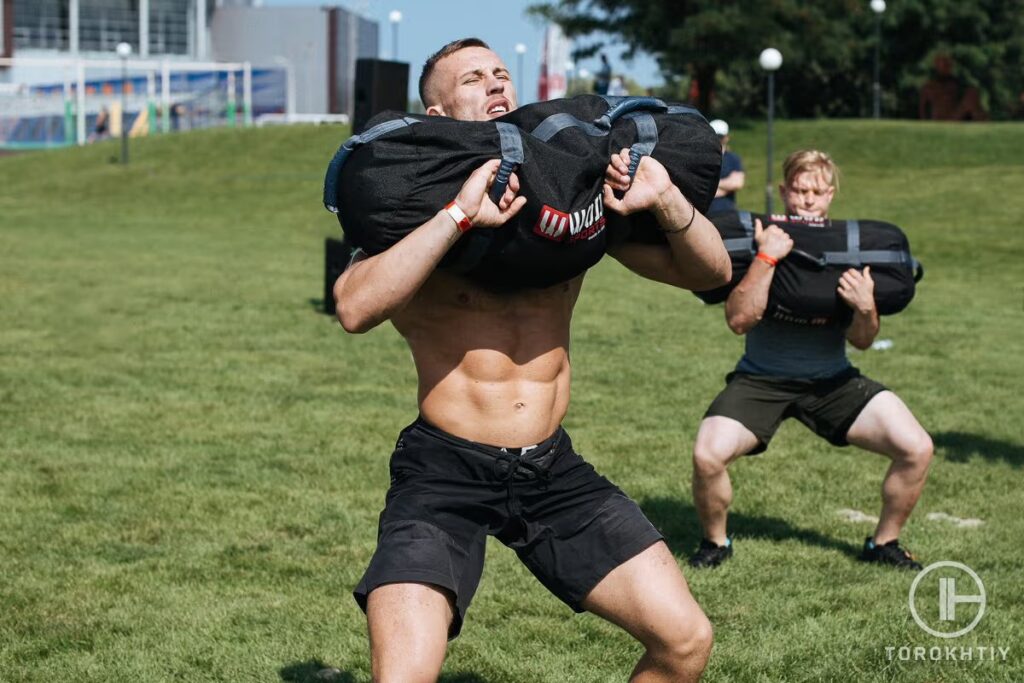
Soreness should phase away after 3-4 days. Delayed Onset Muscle Soreness (DOMS) typically develops 24-72 hours after an intense or unfamiliar exercise and can last for 3-7 days. Acute pain is a sudden and usually sharp or intense pain that is typically caused by tissue damage or injury, and serves as a warning signal to the body to take protective action. Is generally considered to last for a short duration, typically from a few minutes to several weeks. Chronic pain is defined as pain that lasts for 3 months or longer, and can persist for months, years, or even a lifetime.
Disclaimer: You should find a medical or health care provider like a physiotherapist or chiropractor if your pain is not subsiding, icreasing or having an negative effect to you function and performance.
Causes of Knee Pain after Working Out
For most of us, an active lifestyle serves as more than merely obligatory workouts to keep the pounds off and the heart healthy. It’s more about self-challenging discipline that also serves up to restore balance between physical, social and mental therapy.
Knee pain after workingout can disrupt this balance. Some causes that contribute to have increase knee pain are:
- Poor loading or activity progressions: Without proper loading or activity tolerance build-up. Adding a excessive weight, no taking into a count frequency (reps/sets) and not resting adequately after a workout will trigger pain in your knee.
- Inadequate programing: Adding excessive amount of exercises, reps and sets without adapting to them first can cause harm to your knees.
- Bad form and technique: This over loads the knees with unnecessary pressure, decreasing the tissue and structural tolerance.
- Overuse: Performing the same movement and working the same body area every week is not optimal.
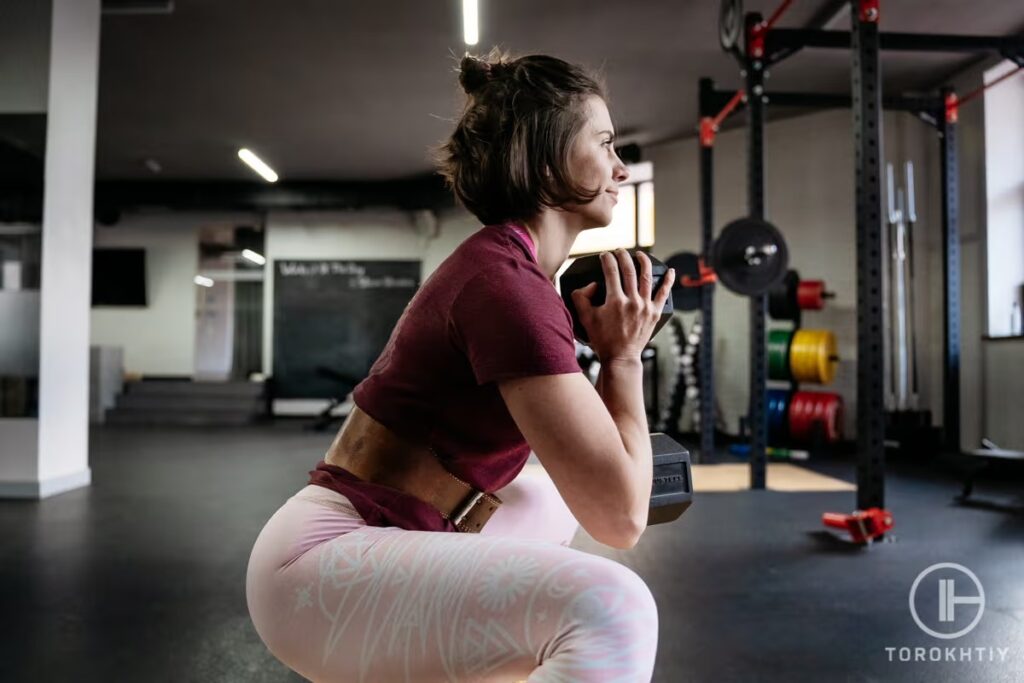
- Weakness: Knee muscle weakness is caused by lack of workout, aging, and chronic conditions such as osteoarthritis. Having increase muscular strength creates tissue tolerance to withstand the physiologic demands from the workouts.
- Lack of mobility: To decrease knee pain, hip and ankle mobility is critical. THe more movement options you develop the better joint pressure distribution will be.
- Decreased tissue tolerance: If your knee tissues tolerance cannot withstand the pressure demands that comes when lifting heavier weights, running, plyometrics and/or just doing high intesity interval training (HIIT). this will increase the pressure on the knee joint resulting in pain during or after workout.
- Previous hip, knee and ankle injuries: The human body is interconnected. Your knee pain can be comming from referral patterns from your lower back, hip or ankle.
- Decreased recovery: Not taking proper resting recovery periods between set or workout days can significantly affect the performance and increase knee pain.
Prevention and Treatment of Knee Pain After Working Out
Now that you know what causes knee pain after a rigorous workout, what are the best ways to prevent or treat this problem? Here’s how to help knee pain from working out.
1. Adequate Loading and Activity Progressio
Meeting you current physiological, training and functional demands is the number one modification to take into consideration when experiencing pain after workingout. Going all out every day without taking into consideration your training tolerance during a workout routine can be disastrous to your performance and recovery. Plan your routines and workout with some kind of rest and recovery,especially if you are experiencing knee pain after leg day – for instance. Finding the balance between proper loading and resting progression is crucial to prevent and treat common knee pain.
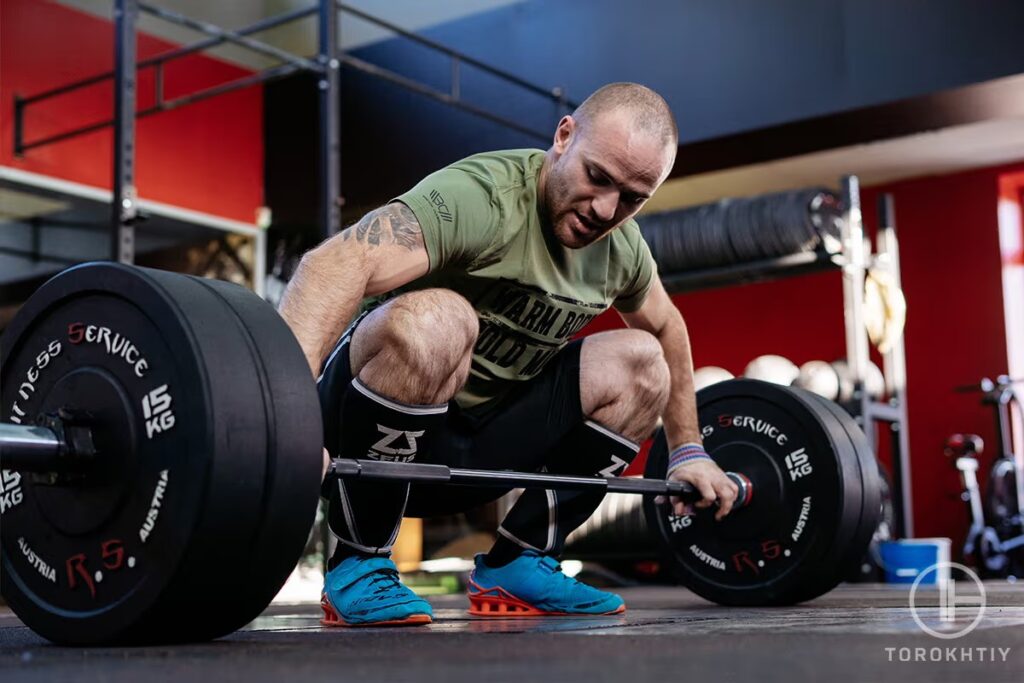
2. Using Modalities (Cold Therapy vs Heat Therapy)
Both cold and heat therapy are efficient treatments for decreasing pain and swelling after an injury, although they are applied at various phases of recovery.
The early acute stage of an injury, which normally lasts for the first 48–72 hours following the accident, is when cold therapy, also known as cryotherapy, is typically advised. By tightening blood vessels and reducing the inflammatory response, cold therapy helps to relieve pain, edema, and inflammation. During this early stage, pain and inflammation can be effectively reduced by applying a cold compress, ice pack, or ice bath to the affected area for 20 minutes at a time, multiple times each day.
After the acute period of an injury has passed, typically after the first 72 hours, heat therapy, also known as thermotherapy, is typically advised. Heat treatment aids in boosting blood flow, relaxing muscles, and aiding healing while easing discomfort and stiffness. Taking a warm bath or shower for 20 to 30 minutes at a time, applying a warm compress, or using a heating pad can all help to ease discomfort and encourage relaxation and healing.
It’s crucial to remember that cold and heat therapy shouldn’t be applied concurrently because doing so can worsen an injury and slow down the healing process. The best course of action is always to speak with a healthcare provider if you’re unclear about the best form of therapy to use or have any worries about your injury.
3. Compression Therapy
This technique involves applying pressure to the affected area using a compression sleeve, bandage, or wrap to help reduce pain, swelling, and inflammation. It can be an effective treatment for knee pain caused by a range of conditions, such as arthritis, tendinitis, or injuries such as sprains or strain
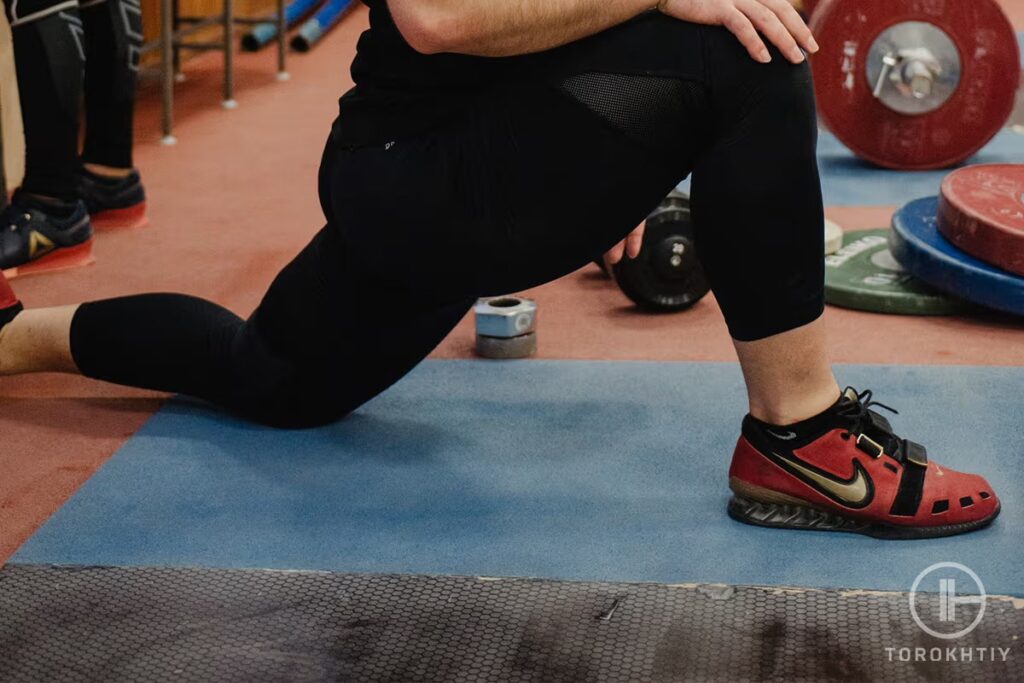
Compression therapy works by applying pressure to the affected area, which helps to improve blood flow and circulation. This increased blood flow can help to reduce inflammation and swelling, as well as deliver vital nutrients and oxygen to the affected tissues, which can help to promote healing. Compression therapy can be particularly effective when used in combination with other treatments for knee pain, such as exercise, physical therapy, or medication. It is a non-invasive and relatively inexpensive treatment option that can be easily applied at home or under the guidance of a healthcare professional.
It’s important to note that compression therapy should not be used in certain situations, such as when there is an infection or other condition that requires immediate medical attention. It’s always best to consult with a healthcare professional before beginning any new treatment or therapy for knee pain.
4. Soft Tissue Release Techniques
Massaging or working on the tension of your muscle can significantly decrease the pain in your knee after a workout. Also, it can contribute to minimize tightness, DOMS, general soreness, swelling and prolong inflammation. Resulting in better mobilityincreased blood flow oxygenation to the target area.Try to avoid massaging the kneecap directly when dealing with the pain. Instead, focus on the surrounding muscles.
5. Warm Up and Cool Down
Include warm-ups and cool-down exercises to prevent knee pain in your next workout session. During your warm-up try to increase your hearth rate, body temperature, mobility of the knee and activate the surround muscle of the knee joint with light resistance. With your cool-downs, try to decrease your heart rate and perform some targeted static stretches. Around 10 to 15 min should be both warm-ups and cool-downs.
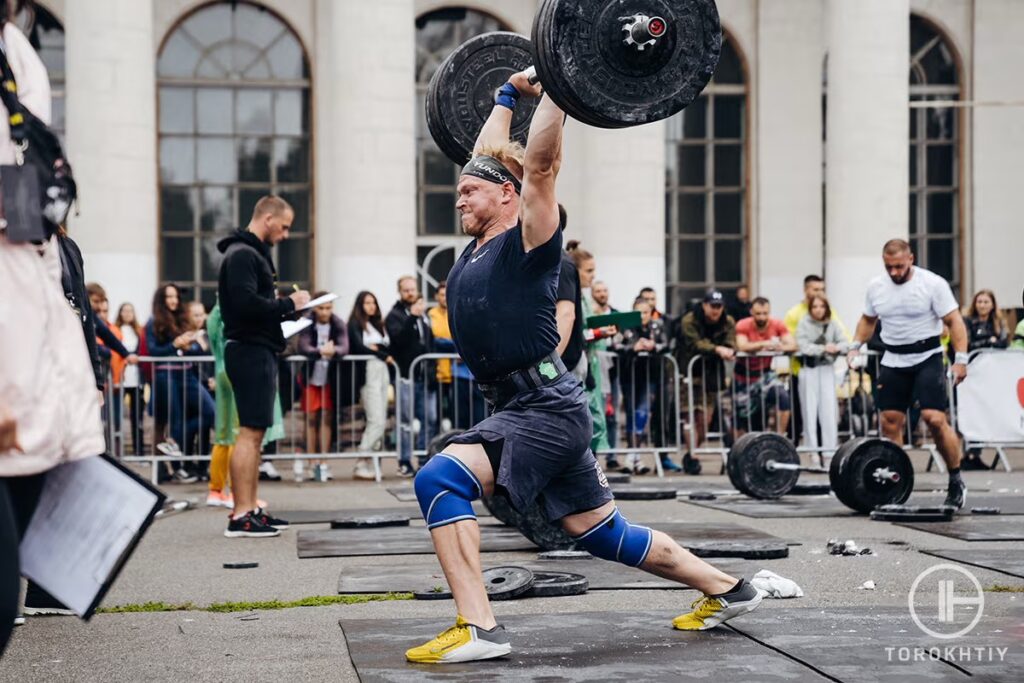
6. Take Rest or Recovery Days
Taking a rest or recovery day doesn’t mean that you are not doing anything. You can do an active recovery day with some monostructural training (walking, rower, bike, swimming, etc). This will increase will work on your cardiovascular endurance while reducing the pressure and pain in your knee. Just want to chill take a day off to enjoy life. Researchers recommend athletes rest 48 to 72 hours before training again to facilitate full muscle recovery.
You can take a few days off from the workout if your knee is sore after the workout. However, ensure that you keep them mobile, or your muscles will weaken. You can also opt for simpler workouts. For instance, walking gives your muscles enough time to recover.
7. Wear Knee Sleeves or Wraps
You can protect your knee from injuries and pain after workouts, such as weightlifting, by wearing knee sleeves and wraps. They both provide support and stability when lifting heavier weights or performing high impact exercises. A knee sleeve will bring that extra support needed to improve mobility and stability.
8. Contacting a Medical Expert or Healthcare Provider
Having a healthcare professional like a physical or physiotherapist that you can trust is crucial. Especially if you are experiencing the following:
- Can’t bear weight on your knee or feel as if your knee is unstable or gives out
- Have marked knee swelling
- Redness
- Are unable to fully extend or flex your knee
- See an obvious deformity in your leg or knee
- Have a fever, in addition to redness, pain and swelling in your knee
- Have severe knee pain that is associated with an injury
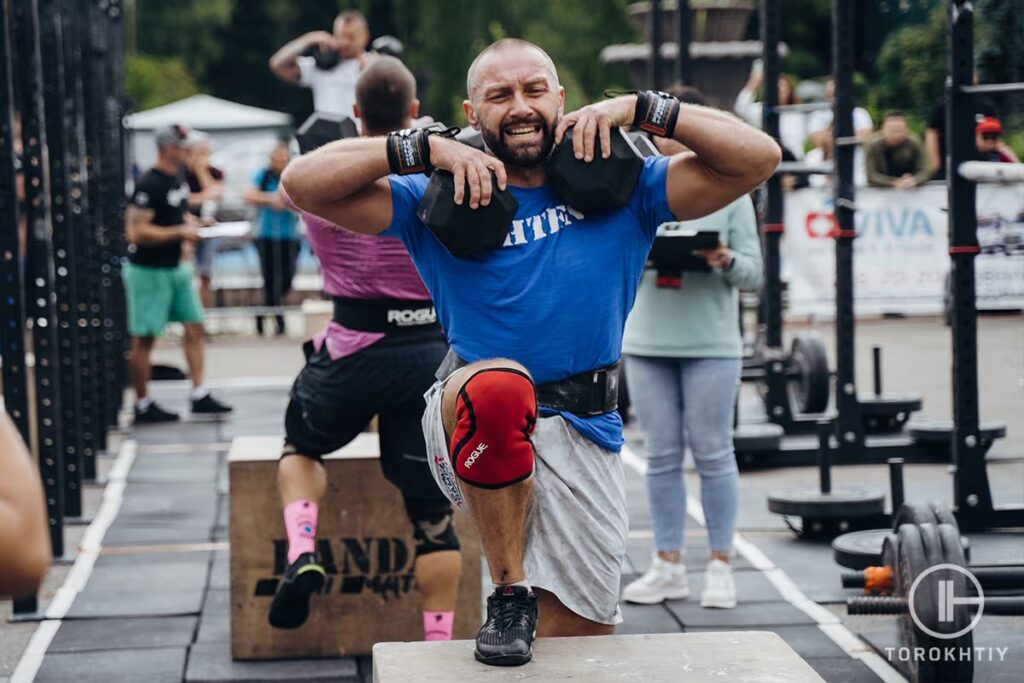
Exercises and Stretches for Knee Pain Relief and Prevention
You can do the following exercises to help relieve knee pain:
1. Low Impact Cardio Workouts
Low impact workouts are exercises that don’t put a lot of stress on the knee joints. They are ideal for people who feel knee pain after exercise but not during the workout. Examples are:
- Stationary bikes
- Rowing machines
- SkiErg machine
- Swimming
- Water aerobics
- Walking
- Elliptical machines
2. Strengthening Exercises
These exercises engage and strengthen the hamstrings, glutes, and quadriceps. Some of the exercises you can do include:
- Goblet squats
- Hamstring curls
- Step ups
- Calf raises
- Knee extension
- Clamshells
- Wall sits
- Lunges
3. Stretching Exercises
Stretching exercises are ideal to improve mobility and adaptability. Here are a few effective stretches you should consider doing:
- Calf stretch
- Quadriceps stretch
- Hamstring stretch
- Hip flexor stretch
- Figure four stretch
- Standing hamstring stretches
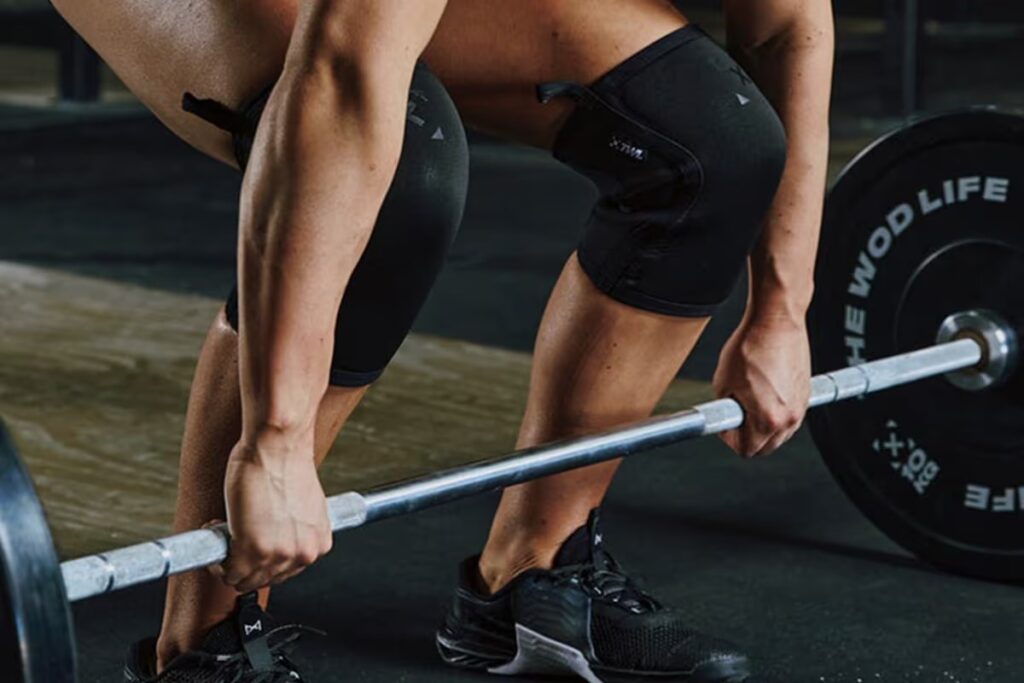
FAQ
Why Do My Knees Hurt After Exercise?
Your knees will hurt after exercising because of the following reasons:
- Decreased tissue tolerance towards movement and loading
- Previous or current musculoskeletal injuries
- Delayed Onset Muscle Soreness (DOMS)
- Muscle weakness
How to Minimize or Prevent Knee Pain When Training?
You can improve your knee symptoms by:
- Adequate progression of your training programs
- Performing consistent mobility and strength-specific knee exercises
- Improving your technique and form
- Minimize your rest and recovery time
Should I Stop Exercising if My Knee Hurts?
It depends. Pain and discomfort are complex and it depends on many different external and internal factors. You should first modify the different movements that are causing pain and discomfort.
You can modify these exercises by doing fewer reps, less load, or changing the movement pattern. You can also perform exercises that are not strenuous on the knee to give the muscles enough time for recovery.
When Should I See a Doctor After Knee Pain?
Seeking medical attention or to a healthcare provider will be needed if:
- If the pain increases or continues to linger
- If it’s affecting your functional performance and lifestyle
- If there is any signs of infection or complex swelling (redness, warm to touch, open wound)
- Join instability after an injury
How Long Does Knee Pain Usually Last?
There are many different factors that contribute to the pain experience. In reality, it depends. The degrees, sensations, and the lasting time is felt differently between individuals.
Factors that contribute to the pain experience are:
- Training experience
- Nature of the injury
- Type of injury
- The sport
- Gender
- Age
- Type of recovery after the injury
- Type of medical intervention
- Pain tolerance
- Biological makeup
Conclusion
Training soreness and discomfort especially after performing a new exercise or when increasing the volume and load of an exercise is normal. If pain increases or doesn’t subside and this is affecting your lifestyle is something to be more concerning. If this is what you are experiencing, finding the right healthcare provider (chiropractor or physical therapist) is the way to go.
Did we leave anyting out? Do you usually have knee pain after or during workout? Let us know what you think and how you deal with knee pains after working out.
Also read:
- Knee Pain From Leg Press
- Knee Pain From Treadmill
- Knee Pain From Lifting
- Knee Pain From Functional Fitness
- Is Jump Rope Bad for Knees
- Why Do My Knees Hurt When I Squat
- Best Weightlifting Shoes
References:
- Why You Need Rest and Recovery After Exercise // Very Well Fit: https://www.verywellfit.com/the-benefits-of-rest-and-recovery-after-exercise-3120575
- Exercise 101: Don’t skip the warm-up or cool-down// Health Harvard: https://www.health.harvard.edu/staying-healthy/exercise-101-dont-skip-the-warm-up-or-cool-down
- Manual Therapy: Knee // Physio-Pedia: https://www.physio-pedia.com/Manual_Therapy:_Knee
- Compression Therapy // Cleveland Clinic: https://my.clevelandclinic.org/health/treatments/23449-compression-therapy
- The Physiology of Pain // Physiology: https://www.physiology.org/publications/news/the-physiologist-magazine/2022/march/the-physiology-of-pain?SSO=Y
- Acute vs. Chronic Pain // Cleveland Clinic: https://my.clevelandclinic.org/health/articles/12051-acute-vs-chronic-pain
- Assessment of knee injury // BMJ BestPractice: https://bestpractice.bmj.com/topics/en-gb/575
- Knee anatomy // Britannica: https://www.britannica.com/science/knee
Why Trust Us?
With over 20 years in Olympic Weightlifting, our team does its best to provide the audience with ultimate support and meet the needs and requirements of advanced athletes and professional lifters, as well as people who strive to open new opportunities and develop their physical capabilities with us.
By trusting the recommendations of our certified experts in coaching, nutrition, dietology, and sports training programming, as well as scientific consultants, and physiotherapists, we provide you with thorough, well-considered, and scientifically proven content. All the information given in the articles concerning workout programming, separate exercises, and athletic performance, in general, is based on verified data. We ensure that you can rely on our professionals’ pieces of advice and recommendations that can be treated as personalized ones which will benefit you and fully meet your needs.
The product testing process is described in more detail here
Author: Ernesto Mendez
Orthopedic Clinical Specialist
Best Results: Snatch – 208 kg,
C&J – 240 kg
Dr. Ernesto Mendez is a licensed physical therapist, a board Orthopedic Clinical Specialist (OCS) and founder of Movement 4 Wellness Physical Therapy, LLC. He earned his degree from Thomas Jefferson University. He is also an Olympic weightlifting coach (USAW L1) and Functional Fitness Level 1 Trainer. His experience includes the areas of pain management, movement analysis, injury recovery, surgical rehab, corrective exercise, and athletic, military, and occupational performance. Dr Mendez is passionate about Olympic weightlifting and fitness. Ernesto Mendez is responsible for designing multiple training programs, writing blog articles, posting daily weightlifting content, doing live weightlifting and mobility seminars.


